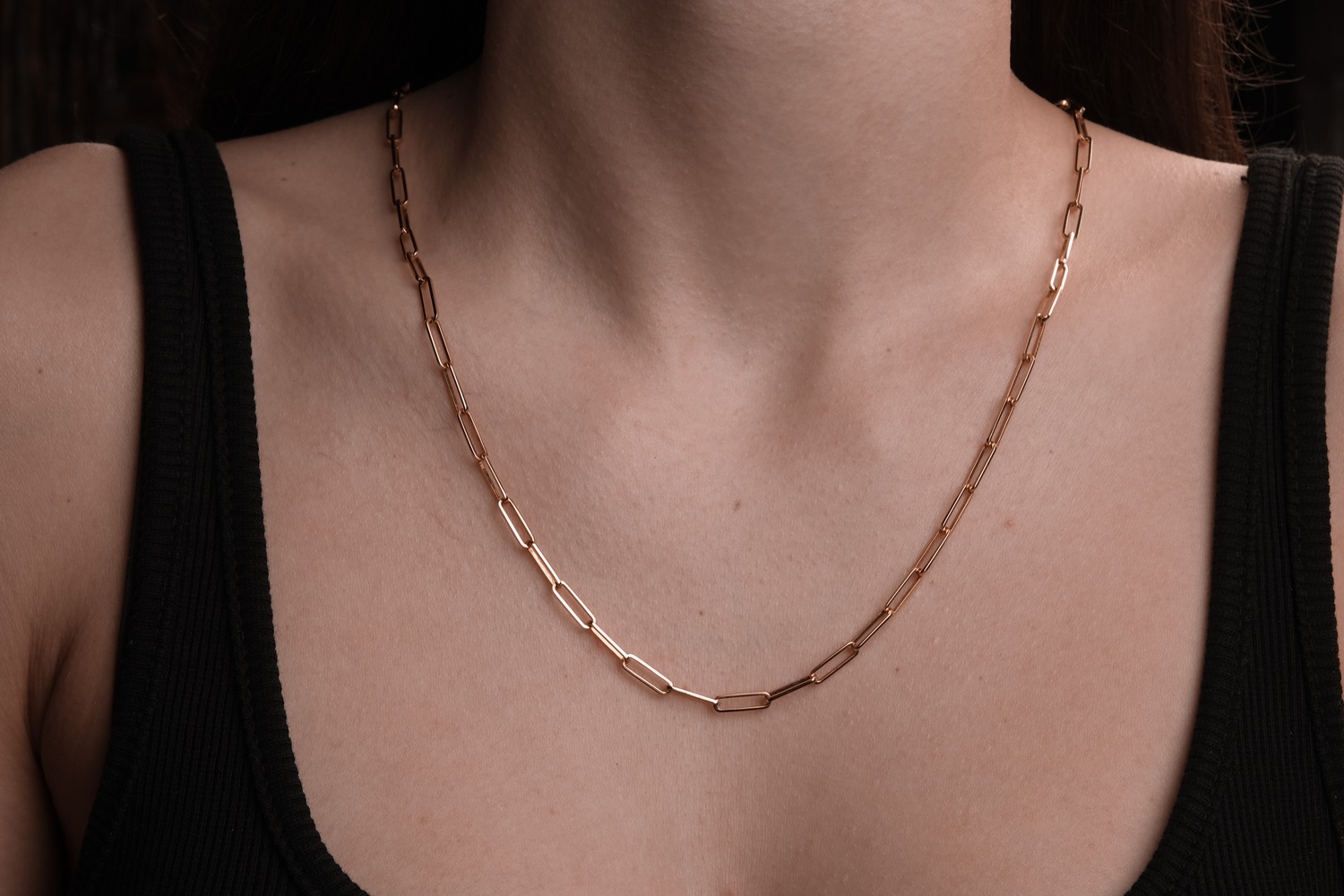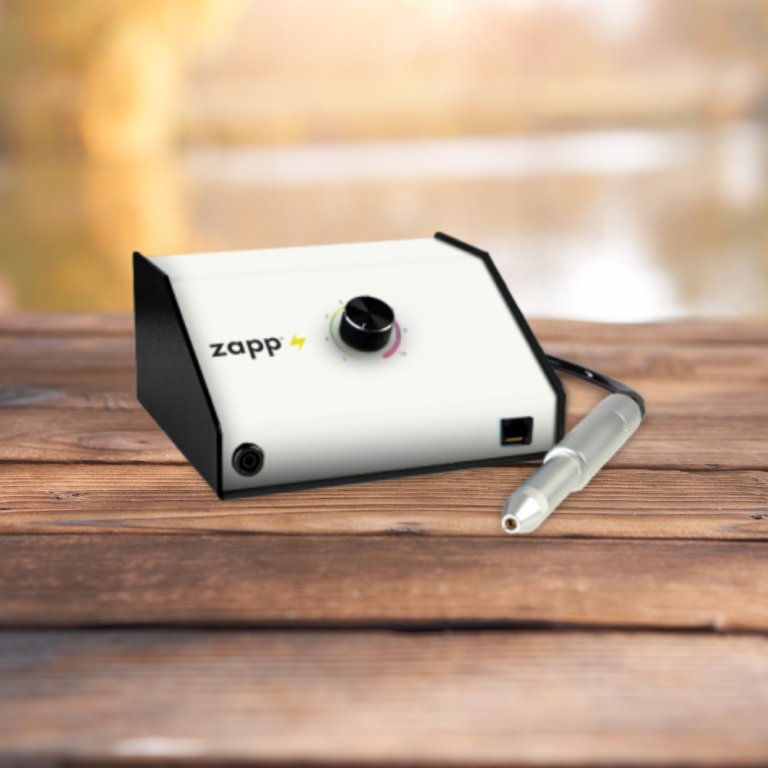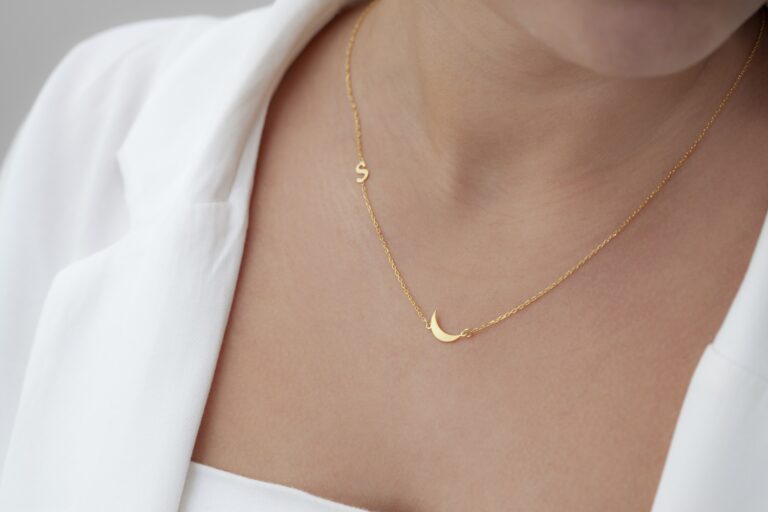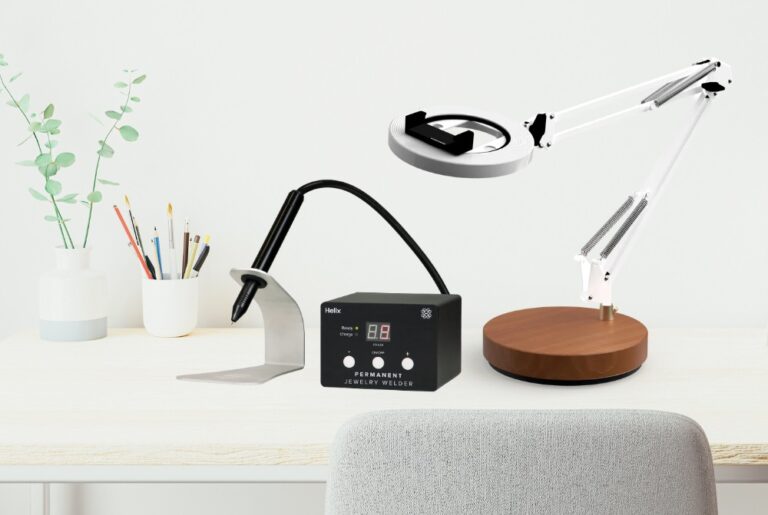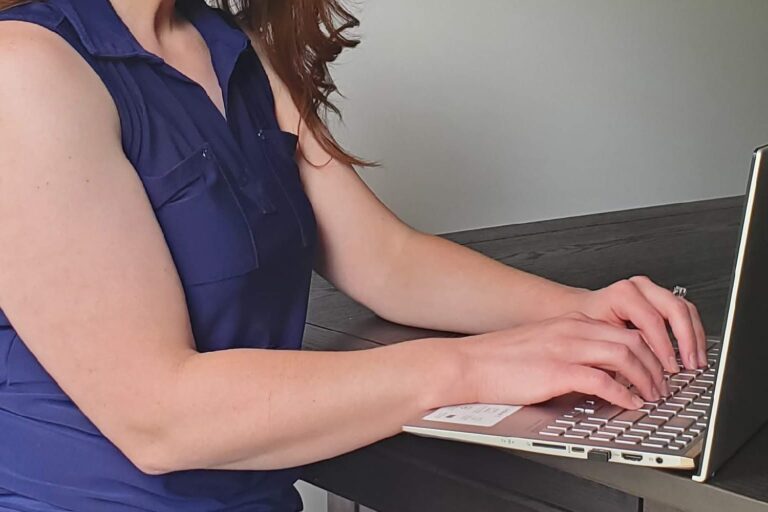How Long Does Permanent Jewelry Last?
If you’ve recently started or are considering starting a permanent jewelry business, you might find yourself scratching your head when asked if the jewelry will truly last forever. It’s a completely valid question and one that opens up a broader discussion about what “permanent” really means in the context of welding jewelry.
As a permanent jewelry artist myself, I’ve navigated these questions often and have gathered some insights that can help. To help you confidently answer your customers’ questions about the longevity of their jewelry, I’ll explain the factors that influence how long permanent jewelry can last and share some tips on what you can communicate to set realistic expectations and ensure their satisfaction.
Let’s get into the nuances of durability, care, and everything else that affects the lifespan of these uniquely beautiful permanent pieces.
We foster relationships with brands we use and trust. The testimonials on our site represent real experiences, but they don't guarantee you'll achieve similar results. When you make purchases through our links to our partners, we may earn a commission. Your support helps us continue this work. You can read our full disclosure here.
Defining “Permanent” in Permanent Jewelry
The word “permanent” refers to jewelry without clasps, welded around your wrist, neck, ankle, etc. This popular style is a beautiful and unique way to wear jewelry, often chosen for its symbolic meaning of continuity or commitment. It’s also super trendy right now, and many love the sleek look and feel of it.
The word “permanent,” however, does not mean the jewelry itself is indestructible or cannot be removed. Just like any piece of jewelry, if it is not treated with care, it can and will break. Here are some common things to consider when a customer asks if their permanent jewelry will last forever.
What Affects How Long It Lasts?
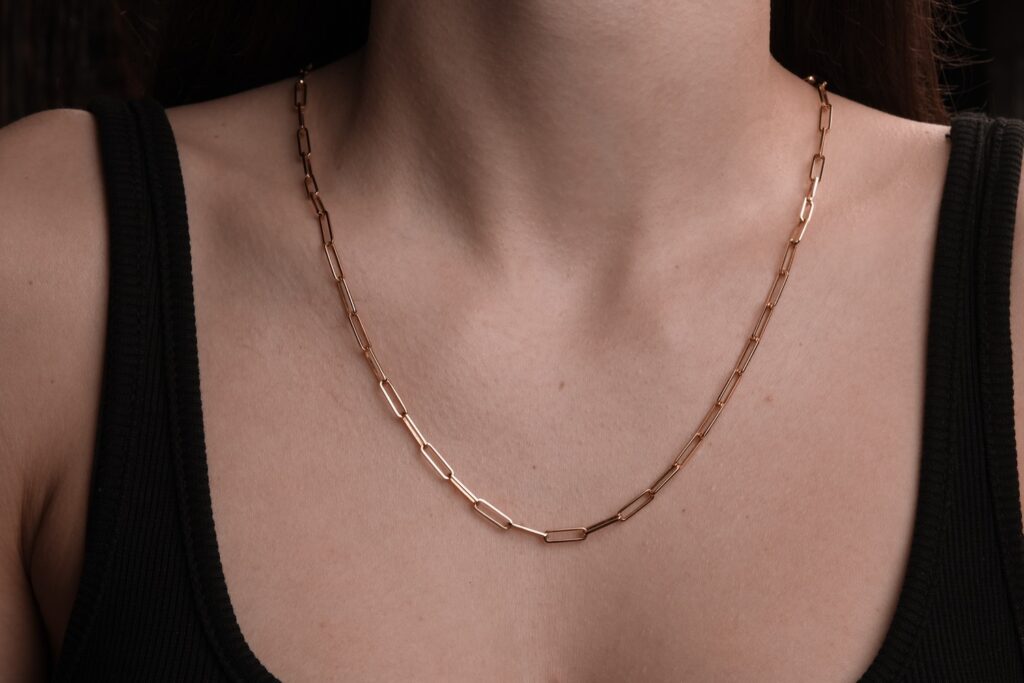
1. Type and Quality of Metal
When selecting metals for permanent jewelry, the most common choices are gold-filled, sterling silver, and stainless steel, each offering distinct advantages in terms of appearance, durability, and care requirements.
Gold: Known for its luster and nobility, gold is a popular choice for permanent jewelry. Higher karat gold, such as 14k or 24K, is particularly resistant to corrosion and tarnishing. However, keep in mind that the higher the gold content, the softer the metal; so while higher karats are less likely to tarnish, they can be more prone to scratching and bending. That’s why gold-filled chain has become the standard in the permanent jewelry industry. It is made of a solid gold layer bonded around a central core of stronger metal. This provides both durability and the appearance of high-quality gold.
Silver: While silver is beautiful and offers a cooler tone compared to gold, it requires more maintenance since it is prone to tarnishing when exposed to air and moisture. Regular cleaning and occasional polishing are necessary to maintain its shine and prevent discoloration. Wearing it day and night as a permanent bracelet, necklace, or anklet can actually keep it shinier than taking it off at night, as the natural skin oils and consistent washing can keep it clean. Despite the upkeep, many choose sterling silver for its classic appeal and affordability.
Stainless Steel: This metal stands out for its incredible durability and resistance to rust and oxidation. Certain mixes of stainless steel are also hypoallergenic, making it a safer choice for those with sensitive skin. Its robustness makes it suitable for wearers with active lifestyles, as it can withstand significant wear and tear without losing its integrity.
Choosing high-quality metals for both the chain and the jump ring is crucial, not only for the jewelry’s appearance but also for its longevity and compatibility with the wearer’s skin. Low-quality metals or those with impurities can cause allergic reactions, skin discoloration, and increased wear. So, investing in high-quality, pure metals ensures that your permanent jewelry remains both beautiful and comfortable over time, ultimately standing up to the rigors of daily wear without compromising on safety or aesthetic value.
Related: Best All-Inclusive Permanent Jewelry Kits
2. How It’s Welded
Welding permanent jewelry requires a pulse-arc welder combined with precision and technique. Argon gas is employed as an inert shield to protect the metal from oxidation during the welding process. This is crucial as it prevents the weakening of the weld due to exposure to air, which can lead to corrosion and potential failure of the welded connection over time.
A high-quality weld is key to the longevity and appearance of permanent jewelry. It should be smooth and robust, devoid of cracks or weak spots. Mastering the welding technique involves careful control of temperature and timing to ensure a strong bond is formed without overheating or damaging the metal.
For permanent jewelry artists, perfecting your welding skills is essential. A well-executed weld not only enhances the durability of the jewelry but also builds client trust by delivering pieces that maintain their integrity and beauty long-term.
Ready to become a LINKED certified permanent jewelry artist? Use the discount code TRINITYTPAHP at checkout to get started!
Related: Can You Do Permanent Jewelry Without A Welder?
3. Lifestyle Wear and Tear
Like all types of jewelry, permanent pieces are not immune to wear and tear over time. They are exposed to a variety of elements that can gradually degrade their appearance and integrity. Daily exposures such as shower water, sweat, and even the oils from our skin can all contribute to this natural decline.
It’s important to guide your clients on how to care for their permanent jewelry. Simple maintenance steps, such as gentle cleaning with appropriate solutions and soft cloths, can significantly extend the life of the jewelry. Additionally, advising clients to avoid harsh chemicals and extreme environments can help preserve the jewelry’s condition.
The lifestyle of the wearer plays a significant role in how well permanent jewelry holds up. For instance, a fitness instructor who spends a lot of time at the gym, in swimming pools, or outdoors will expose their jewelry to more harsh conditions like chlorine, excessive sweat, and rigorous movement. These elements can accelerate wear and especially challenge the integrity of the weld and the metal.
In contrast, someone who works from home and engages in less physically demanding activities might find their jewelry lasts longer due to reduced exposure to damaging factors. It’s important to tailor advice to your clients based on their daily activities, helping them understand how their lifestyle choices influence the durability of their permanent jewelry.
Related: Is Permanent Jewelry Still Popular?
Is It Really Permanent?
Here’s the thing—when we say “permanent” in our industry, we mean there’s no clasp and it’s welded on. It doesn’t mean it’s indestructible. You can still cut the chain with simple tools like scissors or nail clippers if you need to. It’s also possible for the jewelry to stretch or break if it gets caught or pulled too hard. Make sure your clients understand this. It’s important to set the right expectations.
Permanent jewelry is a fantastic choice for many, but it’s not necessarily a set-it-and-forget-it kind of thing. As artists, we need to educate our clients on how to care for their jewelry to ensure it remains a cherished piece for as long as possible.
Continue learning and perfecting your welding skills to ensure your clients can enjoy their stunning pieces for many years. Let’s keep sharing our passion for permanent jewelry, creating one beautiful piece at a time.
Ready to become a LINKED certified permanent jewelry artist? Use the discount code TRINITYTPAHP at checkout to get started!

